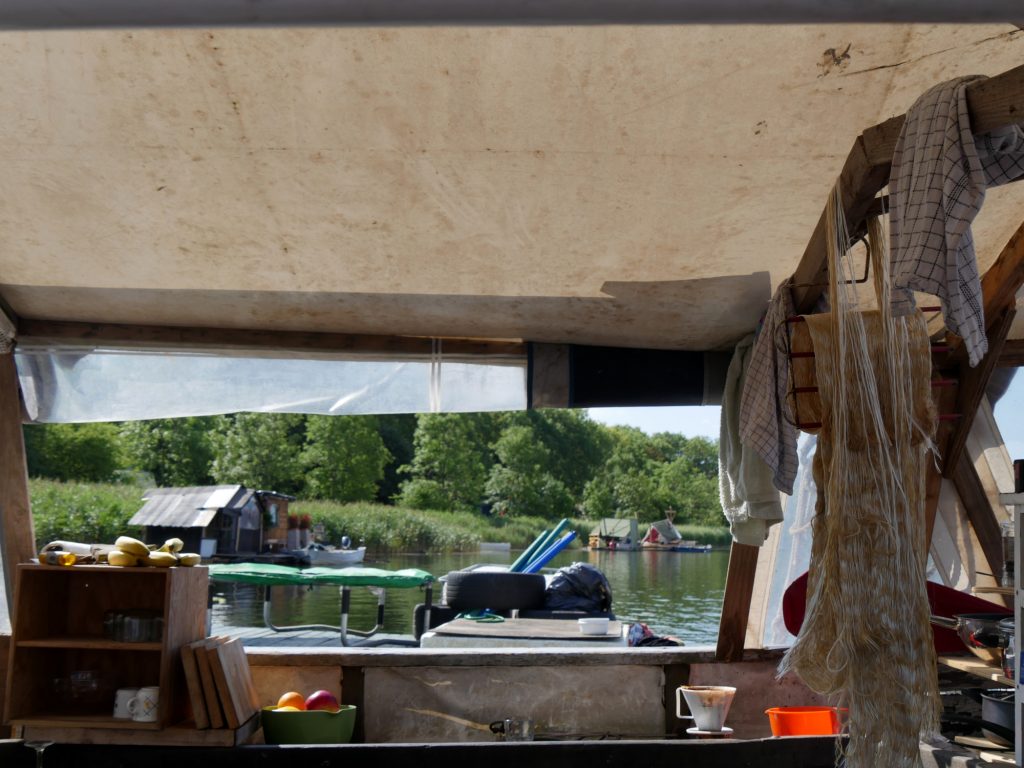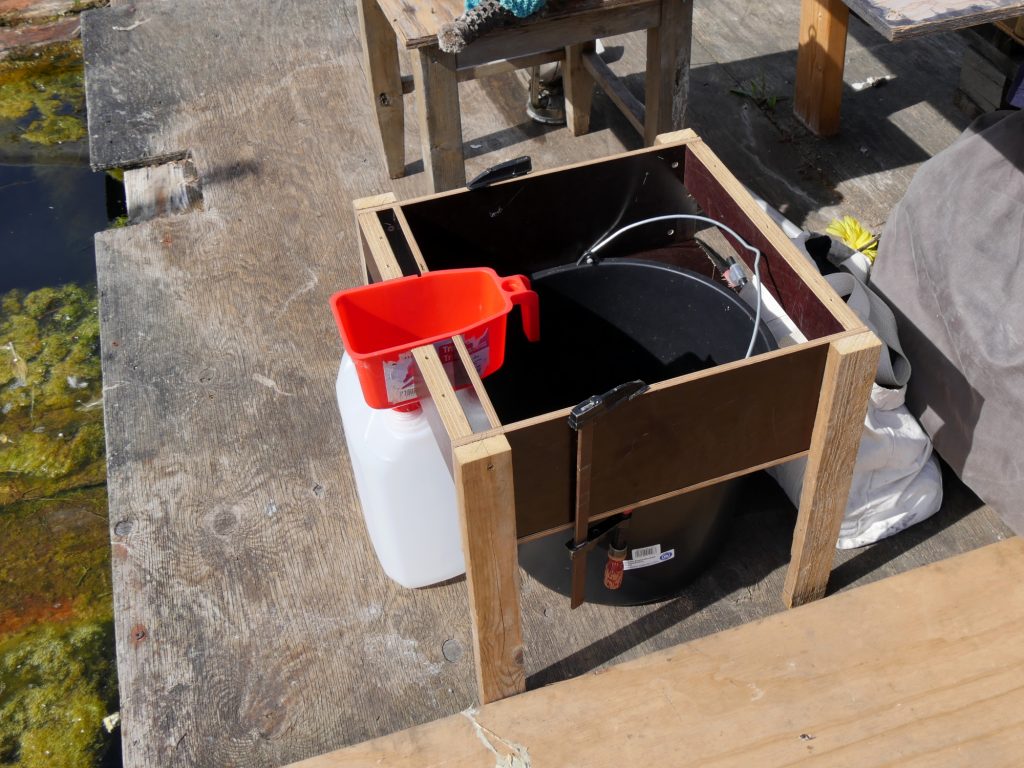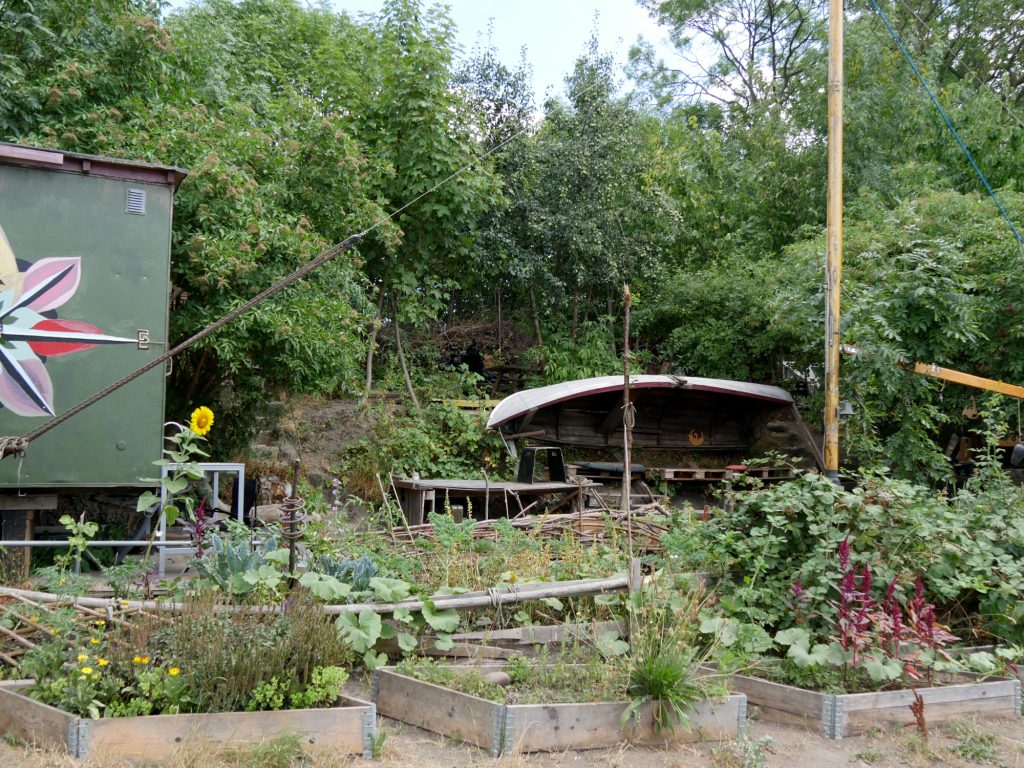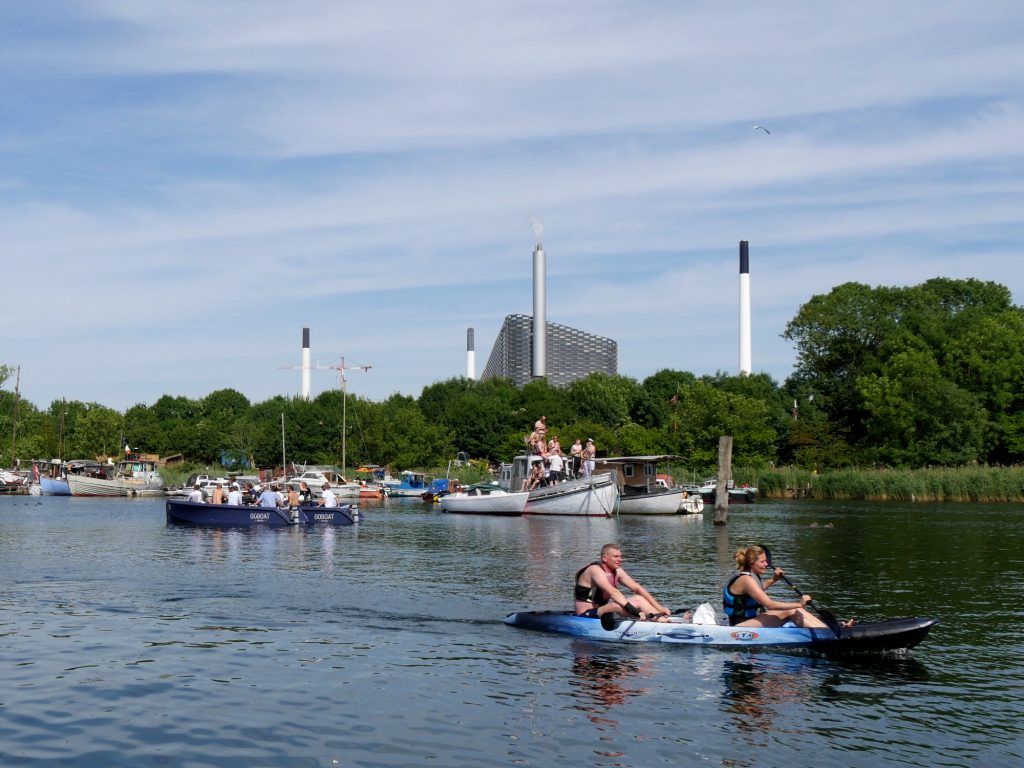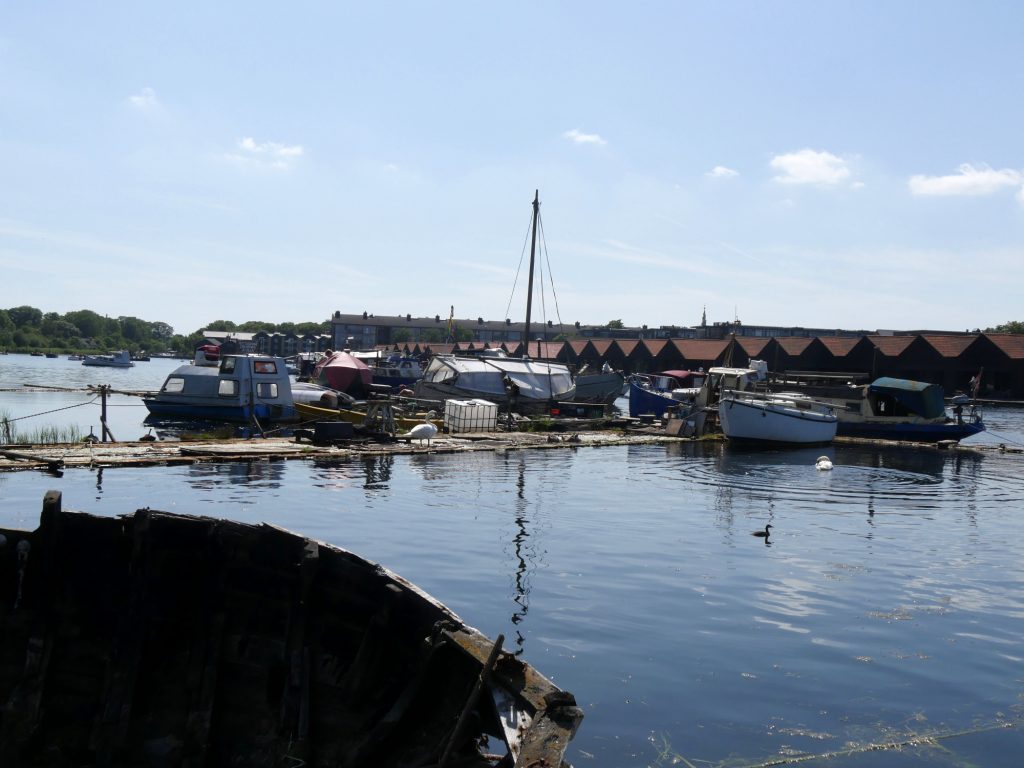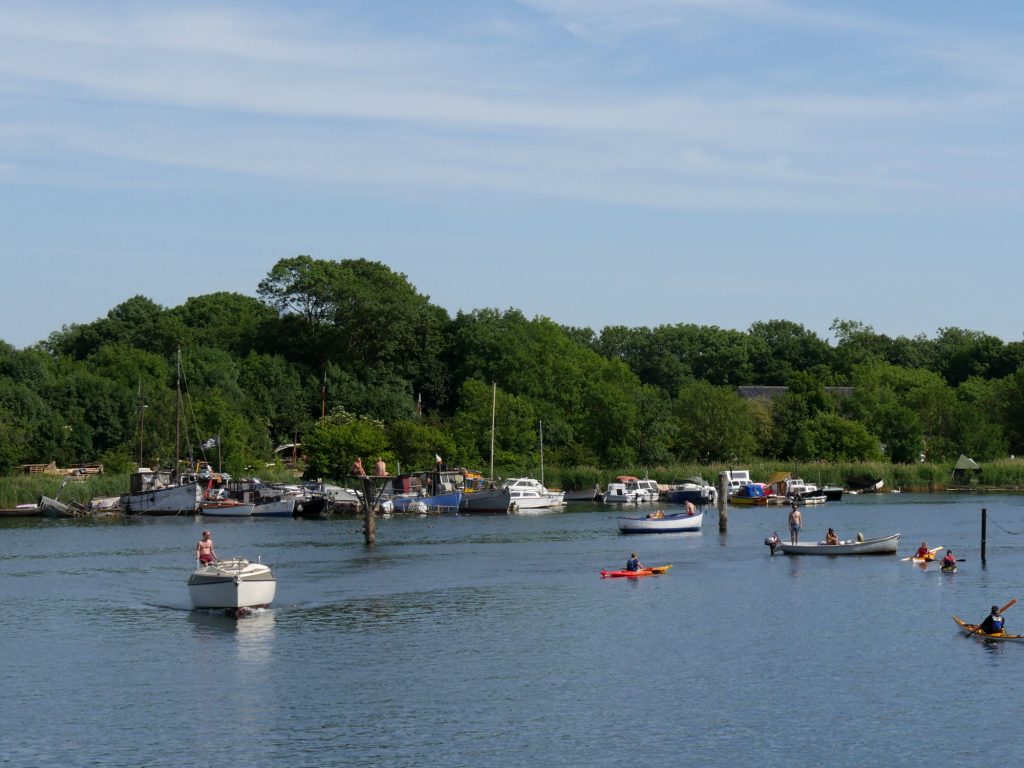Translation of Op-ed in Politken, 20 February 2019.
Over the past few decades, a greater understanding of humanity’s common challenges has emerged together with a notion that these challenges can – and will be – solved through scientific and technological achievements and policy making. We, the common people, don’t have to do anything. In fact, we should just continue to buy more products and keep on voting for the same politicians.
Unfortunately, everything seems to indicate that this notion is an illusion and that the only way to solve the challenges is by changing our way of life. But this will only happen if we want it to happen, because there are no commercial or political interests in pushing an agenda that we, the consumers and the voters, don’t want.
Climate Challenges
Last year, 301 Danish researchers stated that the notion that our – the well-off’s – way of life is compatible with a climate-friendly agenda is based on false assumptions, misleading calculations and dubious speculations.
At the same time, it is now clear that climate change is already a reality and therefore is not just a matter of reducing our impact on the climate; it is about adapting to these changes, too.
In either case, cities play a crucial role, both because urbanization leads to more consumption and more pollution and because the risk of disasters is greatest where many people are gathered. Moreover, cities are growing rapidly in large parts of the world. Solutions thus have to be found in cities. This is where we have to experiment with new ways of living in harmony with each other and with nature.
Fortunately, experiments are taking place in many cities around the world. One of those experiments is a floating community in a moat called Erdkehlgraven located at Holmen in the Inner Harbor of Copenhagen. It is an innovative and natural way of adapting to rising sea levels, the extent of which remains unknown. At the same time the community is made up of people with low resource consumption who try to adapt to nature.
The harbor and the garden
Erdkehlgraven is part of the city’s old fortifications. About ten years ago, the designer and boatbuilder Esben Banke found some large old pieces of timber in the reeds surrounding the moat. They proved to be the remains of a several-centuries-old floating barrier the navy had placed on both sides of Frederiksholm in order to secure the fleet and the gunpowder magazine, Frederiks Bastion.
Esben pulled the timber out of the reeds and created a floating dock, called the Cross, at which he anchored a couple of small worn-out boats that he moved into.
The reuse of cultural heritage is nothing new to Esben. He previously owned the Church in Møllegade in Nørrebro, where he created a cultural meeting place with techno parties and tango events, fashion shows and theater performances, and a home to himself in the basement.
Over the years, other clusters of small boats have emerged around an existing jetty called the Arrow, a raft called Fiddler’s and the remains of a bridge called Donkey’s Island, which makes up the floating community, also known as both the Pirate Harbor and the Harbor of Peace.
The community consists of creative and poetic people and people with various social problems who might otherwise be homeless, but who here have the opportunity to live another life.
In this self-organized community, people share things and matters, joys and sorrows. They have obligations and learn to take responsibility for their own lives and to help each other; something some of them evidently need.
On land, the boat people have created a common garden, where herbs and vegetables are grown, and, in connection with that, a simple common kitchen and a campfire. On the same grounds, but on the other side of a small overgrown rampart, is the exclusive restaurant Noma. Each of the two kitchens attracts its individual audience, but each is based on similar culinary principles and contains some of the same raw ingredients that they find on either side of the rampart.
While the creativity unfolding in Noma’s cuisine can be said to be subject to abundance, it is rather dependent on necessity for the boat people who have to solve problems that most of us rarely think about, such as, for instance, what to do with human and household waste.
Neighbors
This waste is exactly what has infuriated some of the neighbors on Holmen, who have used that anger to influence the media, the politicians and the authorities.
The boat people themselves are interested in keeping the water in Erdkehlgraven clean, because they bathe, fish and collect mussels and seaweed in it. They have built composting toilets, not just for themselves but also for the not-always-sober parties who sail in this area. Composting toilets are easy and cheap to build, because they don’t have to be connected to the sewer system, which at the same time makes it possible to reuse the stool as fertilizer in the kitchen garden.
Due to the currents in the Inner Harbor of Copenhagen, much of the waste that is spilled from tour boats ends up in Erdkehlgraven. Several years ago the boat people began collecting waste in the area. Unfortunately, the fierce criticism of the angry neighbors in the media has made the municipality withdraw an agreement between the boat people and the municipal waste collectors regarding the collection and disposal of waste.
Another thing that makes some of the neighbors angry is the stranded and sunken boats in Erdkehlgraven. These boats, however, no longer pose any risk to the water quality because a few years ago the boat people, with the help of volunteers and the environmental ship “Selma of 1914,” got them emptied of oil, batteries and other polluting contents.
The otherness
In comparison to the neat and orderly – some might say boring – looks of the new estates on Holmen, the floating community constitutes a strong sensual and colorful contrast with its worn out sailboats, fishing boats, dinghies and self-built rafts, and a pirate flag flying over one of the boats.
Both in its messy physical appearance and in the frugal lifestyles of the boat people, the harbor presents a direct antithesis to the self-image of the well-off. Perhaps it is this otherness that poses a threat that neighbors feel needs to be removed.
In this respect, the boat people in Erdkehlgraven share the same fate as marginalized people in cities all over the world, who are deprived the opportunity – in some cases maybe don’t want – to live the same life as the more privileged and whom opinion makers, politicians and authorities therefore seek to evict through processes of urban regeneration, renewal, revitalization, or whatever it is called.
The authorities
Several years ago, an association called the Harbor of Peace applied to the Coastal Authority to have the floating dock legalized. This produced no less than 700 pages of response from no fewer than 52 different bodies. It was however, one answer in particular on which the Coastal Authority based its decision to declare the whole harbor illegal and subject to removal. According to this response, from the Technical and Environmental Administration of the City of Copenhagen, “the Harbor of Peace does not comply with the municipality’s plans for the future use of the area” and “the Harbor of Peace appears, both on land and at sea, very disorderly and full of waste” and therefore “does not contribute to the beautification of or confer any amenity value to the area. On the contrary.”
With regard to the future use of the area, the municipality’s own local plan specifies that Søminegrunden, the area where the garden and Noma are located on either side of the small rampart, is to be used for public recreational purposes, which, it must be assumed, include a common kitchen garden, kitchen and campfire.
The issue of appearance is, of course, both a relative and a subjective matter. Thus, to use a particular ideal of beauty (that of the angry neighbors) as the basis for its response makes the municipality appear prejudiced. Because it might just as well be argued that worn-out vessels that are reused, and the biotopes that emerge around them, are beautiful.
Who creates the problems?
Visually, however, the floating community takes up very little of the neighbors’ field of vision. Behind it, the newly erected Amager Resource Centre, a combined heat and power plant, which treats the neighbors’ waste and provides them with heating, takes up a lot more of that field. The plant is wrapped in a nice design, including an artificial ski slope on the sloping roof, but seriously, do we think we solve the problems with a nice wrapping?
That would be the same as believing we are solving the climate challenges by moving dirty industries to poor countries so it doesn’t pollute here but, in fact, enables us to consume even more and to make a profit on the shipping without this counting in our national climate accounting. Just like our countless and, perhaps, rather meaningless holiday trips around the world, don’t count.
We may collect plastic waste at home but that doesn’t mean that it is being collected where we travel and where we often consume even more plastic than at home. Just as it is not the local farmer in Indonesia who creates the problem of plastic waste in the oceans, it is not the local people who throw plastic waste into Erdkehlgraven.
Learning
Instead of fighting each other, the people living around Erdkehlgraven might cooperate around common interests and shared concerns such as, for instance, how to avoid environmental degradation, preserve the heritage and protect the wildlife. They might even learn something from each other?
In the reeds, the historical timber was at risk of decay because it came into contact with fresh water and wet soil. By pulling it into the salt water there is a better chance of preserving it. At the same time, the timber is given a new function as wave breakers in the often quite busy and thus quite troubled water. According to an independent biologist who has studied the bird life in Copenhagen’s Inner Harbor over several years and prepared a report on it, the wave breaking function of the harbor makes this the only place in Erdkehlgraven where the waterfowl breed.
What we might learn from the boat people is a greater awareness and consideration of nature and of each other. If we want to live a sustainable life in harmony with nature and with each other, we have to be willing to make changes and to adapt to changes. And willing to accept the otherness – not just the otherness of the other but our own possible otherness.
In our part of the world, however, there is widespread consensus that harmony and sustainability are achieved by maintaining the current state of affairs. But it is the well-off who, for obvious reasons, want this. It is us who want to maintain the same habits and the same behavior.
What this attitude may entail can be deduced from the history of the Inuit and the Norse – the two peoples who simultaneously inhabited Greenland during the latest climate change, the Little Ice Age.
While the homes of the Inuit consisted of provisional skin tents and peat huts, and their food comprised of the fish they caught and the game they hunted, the “privileged” Norsemen had livestock, such as cattle, sheep and goats, to feed on, and solid stone houses to live in. But as the climate got colder the livestock died out and the Norsemen became completely dependent on the seals they could catch near their settlements. The fact that their houses – and churches! – were built of stone meant that they could not move their homes and, as the Inuit did, live and hunt at the coastal areas during the winter and inland during the summer. Their diet therefore became more and more monotonous, which may have contributed to them leaving Greenland – or in other ways having disappeared.
The Norsemen were skilled in exploiting the local nature but only insofar as nature was more or less stable and predictable. They were incapable of changing and adapting to a persistent deterioration of the climate over several generations.
More experiments
Although Erdkehlgraven is located in the Inner Harbor of Copenhagen, it is, in a legal sense, not a harbor where one lies moored, but a coastline where one lies anchored. Lying anchored means that one lies only temporarily in one place. Therefore, the boats in the harbor are sailing vessels, but the boat people are afraid of leaving Erdkehlgraven as they fear the local bridge association of Frederiksholm, which controls the access to Erdkehlgraven and have several angry neighbors among its members, won’t let them in again.
However, one could imagine that opportunities would be created for floating communities to lie anchored in other parts of the Harbor of Copenhagen and in other Danish harbors, and that these communities, in contrast to houseboat communities, would actually move between different places, and, unlike yacht owners’ communities, would actually be integrated with the local ecology of those places.
It is interesting to imagine because it was the transition from nomadic to settled life that changed our perception of nature and of our relationship to nature. While we previously, like the Inuit, had perceived ourselves as part of nature and nature as something we had to adapt to, as settlers we began to see ourselves separated from nature and nature as something we could control.
The climate crisis shows us that we are not separated from nature and that we cannot control it. We therefore need experiments like the floating community, and many more experiments like it, that may stimulate our creative and social potentials and increase our awareness and consideration of nature and of each other. Because only in this way may we overcome the fear of the other, of the unsettled and the unpredictable. And thus, perhaps, become capable of changing our way of life.
Photos © Henrik Valeur, 2018-19
